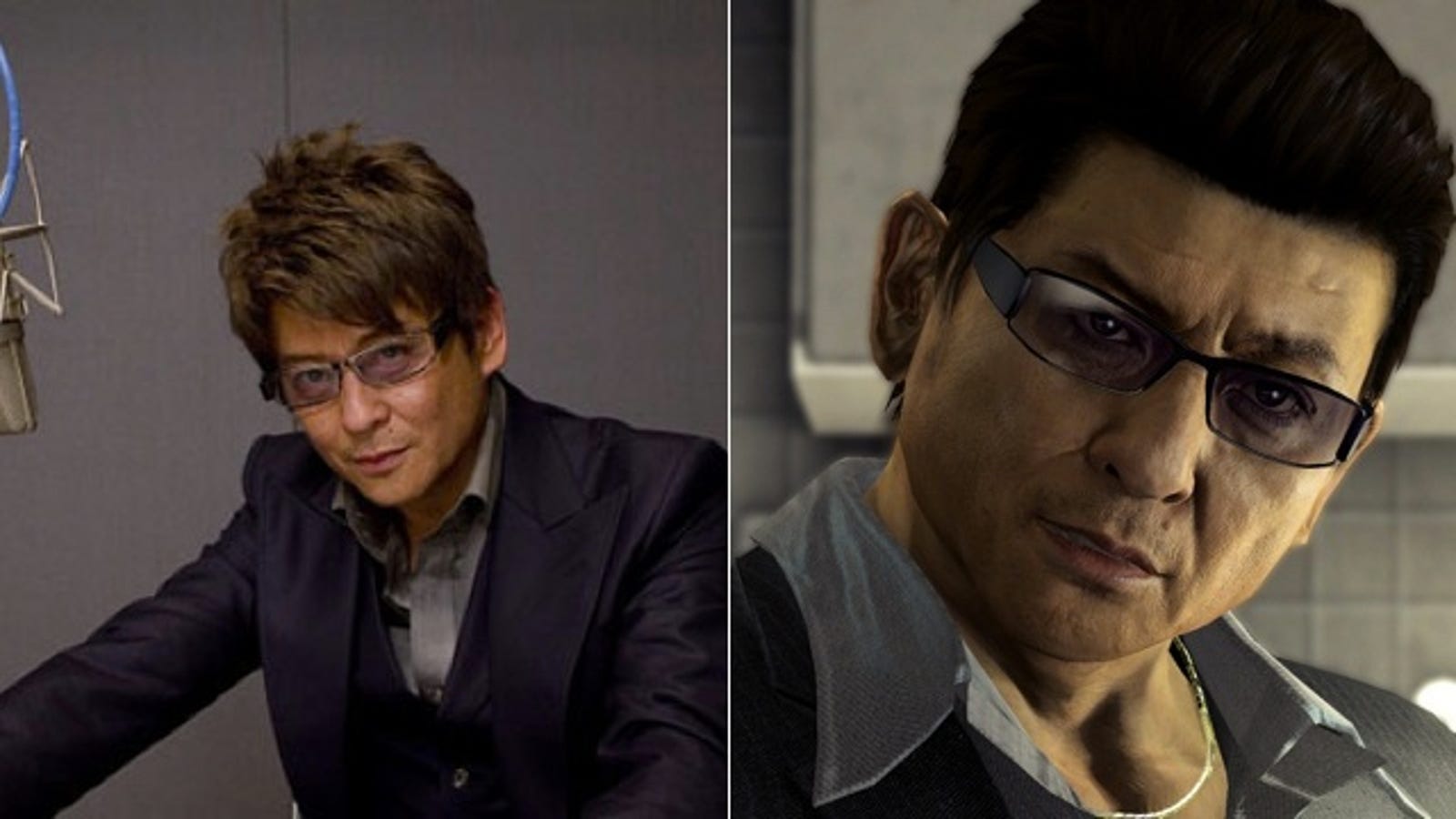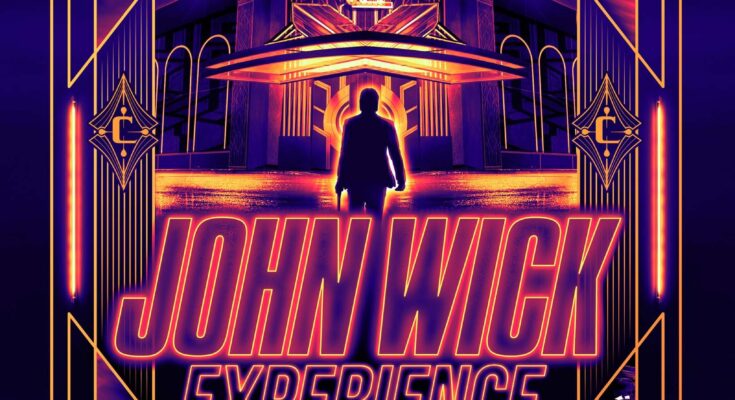Men Of Mystery: The Real-Life Counterparts To The Great Gatsby's Characters

Table of Contents
Jay Gatsby: The Gilded Age's Self-Made Millionaires
Gatsby's Enigmatic Origins and the Myth of the Self-Made Man
The Roaring Twenties witnessed an unprecedented rise of self-made millionaires. The post-World War I boom, coupled with Prohibition's lucrative underworld, created a fertile ground for ambitious individuals to amass fortunes. Gatsby, with his mysterious past and extravagant parties, embodies this era's myth of the self-made man. He represents the intoxicating allure and the often-dark underbelly of achieving the American Dream. Think of the oil tycoons like John D. Rockefeller, whose ruthless business practices mirrored Gatsby's relentless pursuit of wealth, or the enigmatic figures who built empires through illegal activities during Prohibition. Gatsby's relentless pursuit of wealth and social status finds parallels in the lives of these historical figures, who, like Gatsby, often faced scrutiny and ambiguity surrounding their origins.
- Real-life counterparts to Gatsby's ambition and wealth:
- Edward Beale McLean: A newspaper magnate known for his extravagant lifestyle and questionable business dealings.
- Arnold Rothstein: A notorious gambler and fixer with ties to organized crime, whose influence in the underworld closely resembles Gatsby's ambiguous dealings.
The Dark Side of the American Dream: Gatsby's Illegal Activities and Their Real-World Parallels
Gatsby's wealth, though impressive, is shrouded in secrecy and likely acquired through illicit means. The Prohibition era saw the rise of bootlegging and organized crime, creating a breeding ground for individuals who amassed fortunes through illegal activities. Gatsby's ambiguous past subtly mirrors the shadowy figures who profited from the illegal liquor trade. The ruthless competition and violence inherent in this world are reflected in Gatsby's own dealings and his ultimate demise.
- Real-life bootleggers and their methods:
- Al Capone: His empire of bootlegging and organized crime offers a chillingly realistic counterpart to Gatsby's wealth accumulation.
- Meyer Lansky: A key figure in organized crime, known for his strategic mind and ability to build vast criminal networks.
Daisy Buchanan: The Alluring Heiress and the Socialite Elite
Daisy's Social Standing and the Privileged Class of the Jazz Age
Daisy's life revolves around her privileged status within the social elite of the 1920s. Inherited wealth and social connections define her world, shaping her choices and limiting her agency. The Jazz Age saw a concentration of wealth and power in the hands of a select few, and Daisy embodies this privileged class. Her effortless elegance and social connections mirror the lives of real-life socialites who moved within the same circles.
- Prominent socialites from the era:
- Zelda Fitzgerald: Fitzgerald's own wife, a socialite known for her beauty, rebellious spirit, and extravagant lifestyle, undoubtedly influenced the creation of Daisy.
- Consuelo Vanderbilt Balsan: An heiress known for her wealth, beauty, and complex personal life, providing a plausible real-world model for Daisy's character.
Daisy's Indecisiveness and the Constraints on Women in the 1920s
Daisy's indecisiveness is not simply a character flaw; it reflects the constraints placed upon women in the 1920s. Despite the flapper image of liberation, women's choices were still largely dictated by societal expectations and limited opportunities. Daisy's inability to break free from her gilded cage speaks to the limited options available to women of her social standing.
- Societal expectations placed on women during the 1920s:
- Marriage as an essential goal for securing social and economic stability.
- Limited professional opportunities beyond traditional roles.
- The pressure to conform to social norms and maintain a specific image.
Tom Buchanan: The Arrogant Aristocrat and the Old Money Elite
Tom's Old Money Privilege and the Power of Social Standing
Tom Buchanan represents the established power of "old money," contrasting sharply with Gatsby's newly acquired wealth. His sense of entitlement and arrogance stem from his inherited privilege and ingrained social superiority. He exemplifies the social and political power wielded by the old money elite, who often held positions of influence and authority. Many historical figures mirrored Tom's arrogance and sense of entitlement, believing themselves above the law and social norms.
- Powerful figures from old money families:
- Members of prominent families like the Vanderbilts and Astors, whose social and political influence mirrored Tom's.
Tom's Infidelity and the Moral Decay of the Upper Class
Tom's infidelity highlights the moral decay often associated with the upper class during this era. His blatant disregard for his marriage and his casual cruelty reflect a certain level of moral laxity amongst the wealthy. Real-life scandals involving infidelity and wealthy individuals further support this aspect of Tom's character.
- Examples of real-life scandals involving infidelity and the wealthy:
- Numerous high-profile divorce cases involving wealthy individuals reflected the breakdown of traditional moral values.
Other Characters: Minor Characters and Their Real-Life Inspirations
Beyond the central figures, other characters in The Great Gatsby also have possible real-life inspirations. Nick Carraway, the narrator, may have elements of Fitzgerald himself, while Jordan Baker’s independent and cynical nature could reflect certain prominent female figures of the era. Myrtle Wilson's tragic story, a victim of class disparity, represents the less fortunate segments of society caught in the shadow of the wealthy elite. Their roles contribute to the novel's exploration of class differences, social ambition, and the disillusionment of the American Dream.
Conclusion: Delving Deeper into the Men of Mystery Behind The Great Gatsby
The enduring power of The Great Gatsby lies partly in its grounding in the realities of the Jazz Age. The characters, their motivations, and their fates resonate because they are, in many ways, reflections of the individuals who shaped that era. By exploring the possible real-life counterparts to these "Men of Mystery" and the other characters, we gain a richer understanding of Fitzgerald's masterpiece and the complexities of the time. We encourage you to further explore the historical context of The Great Gatsby and research the real-life figures who may have influenced Fitzgerald's work. Delve deeper into the Jazz Age and discover the fascinating lives of the individuals who may have inspired these iconic characters and the enduring mysteries of The Great Gatsby.

Featured Posts
-
 Trumps 10 Tariff Threat Baseline Unless Exceptional Offer Received
May 11, 2025
Trumps 10 Tariff Threat Baseline Unless Exceptional Offer Received
May 11, 2025 -
 The John Wick Experience Las Vegas Arrival
May 11, 2025
The John Wick Experience Las Vegas Arrival
May 11, 2025 -
 Apertura De Cuentas Gratuitas Billetera Virtual Uruguaya Para Argentinos
May 11, 2025
Apertura De Cuentas Gratuitas Billetera Virtual Uruguaya Para Argentinos
May 11, 2025 -
 Sports Stadiums A Key To Breaking The Downtown Doom Loop
May 11, 2025
Sports Stadiums A Key To Breaking The Downtown Doom Loop
May 11, 2025 -
 Sylvester Stallone Regrette T Il Cobra Le Thriller Des Annees 80 Reexamine
May 11, 2025
Sylvester Stallone Regrette T Il Cobra Le Thriller Des Annees 80 Reexamine
May 11, 2025
